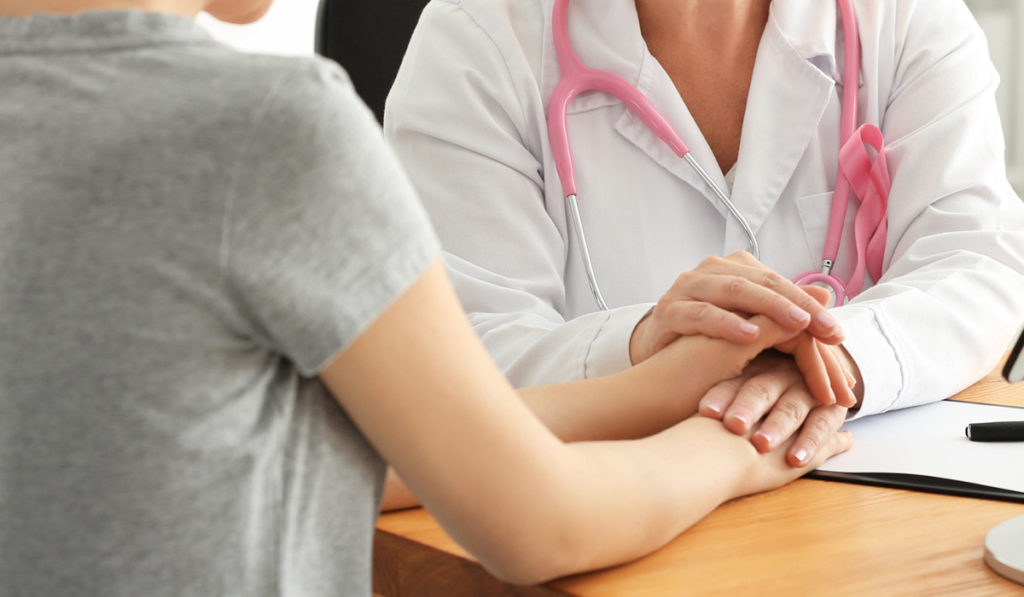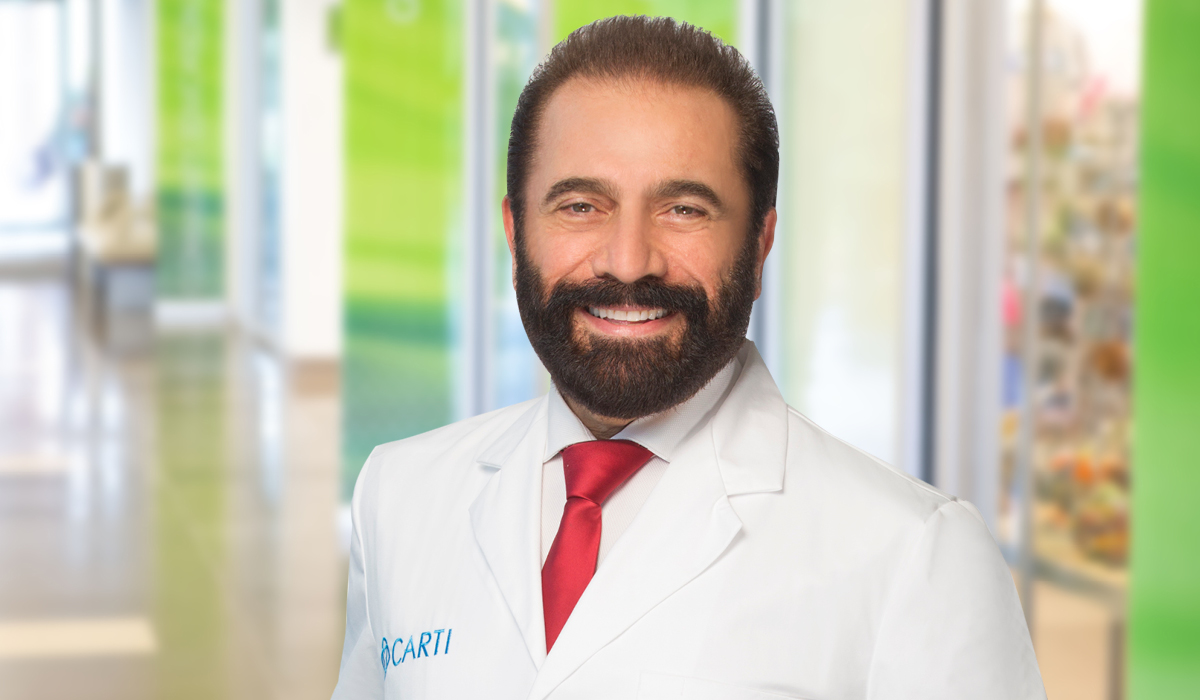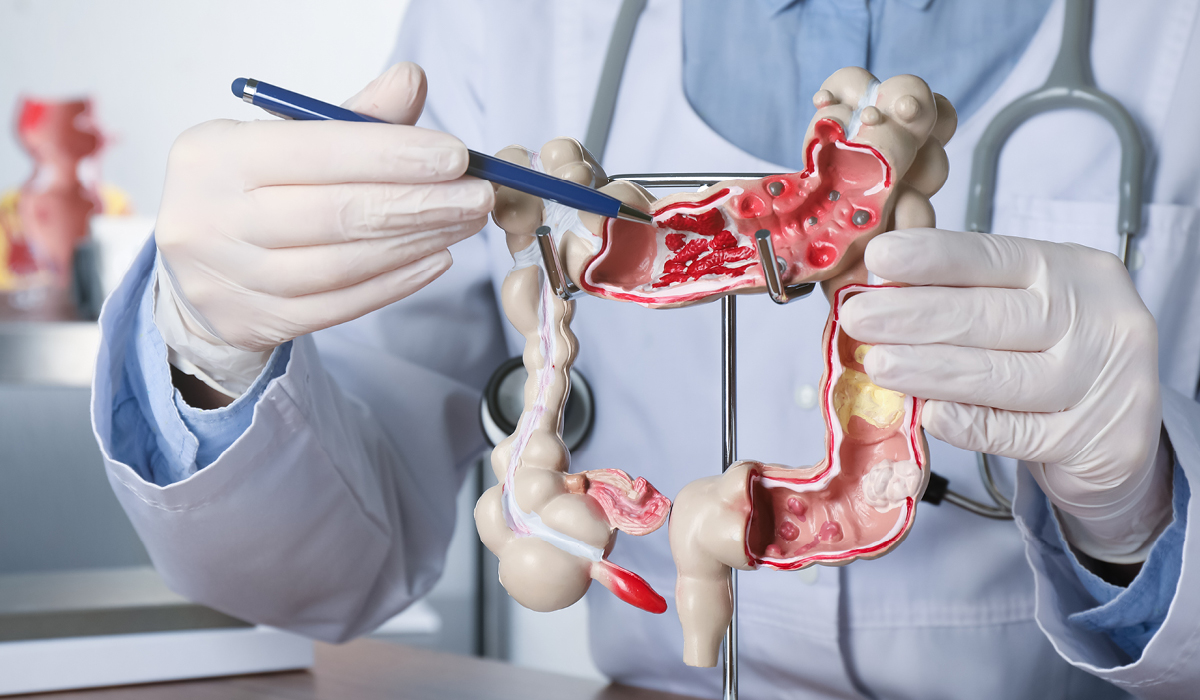Is A Double Mastectomy Right For You? | Breast Surgery

Many women are now aware of disease-causing mutations in the BRCA1 or BRCA2 gene, and some are opting for cancer genetic testing – which only requires a cheek swab – to better inform their health care decisions. In fact, recent updates from the American College of Radiology and the Society for Breast Imaging recommend earlier breast cancer screening, particularly among high-risk patients, which should also improve risk awareness and early detection. So, what can a woman at high risk of breast cancer DO to mitigate that risk?
For some, there is a radical answer: bilateral prophylactic mastectomy – otherwise known as a double mastectomy, a surgery to remove the breasts in order to lower the risk of breast cancer. Here are some important insights about double mastectomies from Dr. Shyann Renfroe, who specializes in breast imaging at The Breast Center at CARTI.
Non-Surgical Options
First, however, let’s talk about “in-between” options for high-risk patients. A common course of action is to have earlier, more frequent screenings that include high-risk breast MRIs along with mammograms. Breast MRI has been found to be extremely sensitive, detecting cancer approximately 95% of the time it is present. This can be particularly helpful for women who have dense breast tissue, which can camouflage cancer on a traditional MRI (both cancer and dense breast tissue appear white on mammograms). It’s worth noting that some women aren’t compatible with breast MRIs – just ask anyone with claustrophobia!
Hormone regulators are another option for patients at high risk of breast cancer. These medications work by targeting estrogen, which can feed some cancers. The challenge? Interfering with estrogen levels can lead to unwanted side effects – including heavier bleeding thanks to changes to the lining of the uterus, menopausal symptoms and more – which must then be managed, perhaps for a long time.
The Anxiety Factor
While additional screenings and hormone therapy can be the right answer for some women, others might struggle with the idea of a “cancer cloud” hanging over their head. “When will I get breast cancer?” “Will they find it during my next screening?” “Do I have it right now?” These are the questions that keep some high-risk patients up at night, EVERY night. For those women, a more decisive solution could be the right option.
Double Mastectomy
Bilateral prophylactic mastectomy has been shown to reduce the risk of breast cancer by at least 95% in women who have a disease-causing mutation in the BRCA1 or BRCA 2 gene, and by up to 90% in women who have a strong family history of breast cancer. Those are powerful numbers! There are two broad categories of mastectomy to consider:
- Total (or traditional) mastectomy, where all breast tissue is removed right up to the chest wall. With this option there is a very low chance of breast cancer afterward, but the procedure is cosmetically challenging.
- Skin-sparing mastectomy, where most tissue is removed but the skin is not – keeping it intact for reconstruction. A small amount of tissue must remain in order to keep the skin alive (most people also choose to keep the nipple). There is a low, single-digit percentage risk afterward, but this option is more cosmetically appealing.
Most women who undergo prophylactic mastectomy have breast reconstruction at the same time, one major surgery instead of two, which minimizes cost, risk and recovery time.
The (Potential) Downsides of Surgery
In addition to surgical risk, a mastectomy can have a significant impact on a woman’s self-esteem and sexuality. Her body will look different. There will be a loss of sensation, even with the skin-sparing option. These are important factors to consider before surgery, and sensitive topics afterward – which is one of the many reasons it can be so helpful to connect with other high-risk breast cancer patients as early as possible.
Support & Next Steps
Are YOU at high risk of developing breast cancer? To find out, talk to your provider. Complete an online breast risk assessment. Get recommended screenings. And make sure you do monthly self-exams at the same time every month. Yes, screenings can detect cancer BEFORE it can be felt, but many cancers are caught BECAUSE a patient felt it and took action.
CARTI has a new support group for women at high-risk of developing breast cancer. Learn more and find a supportive community today. You can also schedule your next mammogram at The Breast Center at CARTI for your breast cancer screening.



